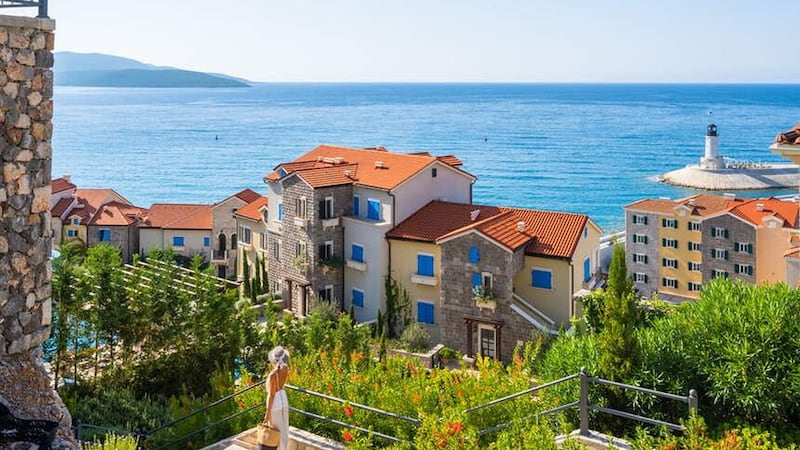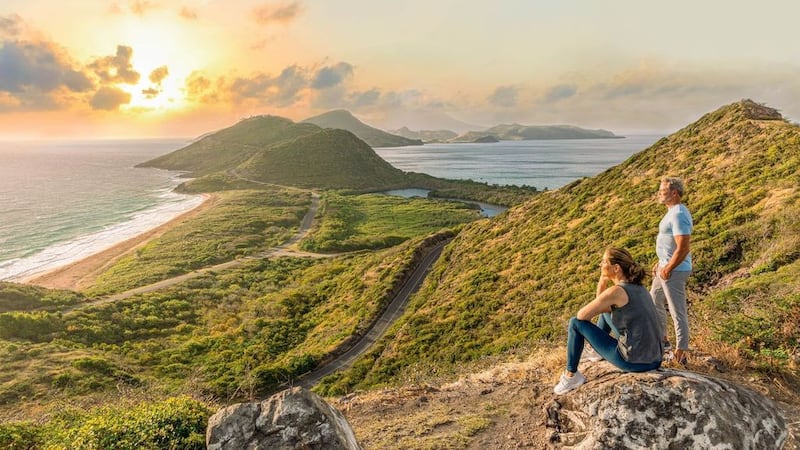Croatia and Italy are among my top places to visit in the world, and yet despite Montenegro’s close proximity to both countries, I’d never considered it as a holiday destination.
But upon arriving in aerial entry point Tivat and the Bay of Kotor, I’m instantly struck by the dramatic landscape of luscious green tree covered mountains – from which I soon discover the country derives its name.
Once part of Yugoslavia, this small Balkan nation with a population of just over 600,000 separated from Serbia in 2006 and has since become one of Europe’s fastest growing tourism regions.
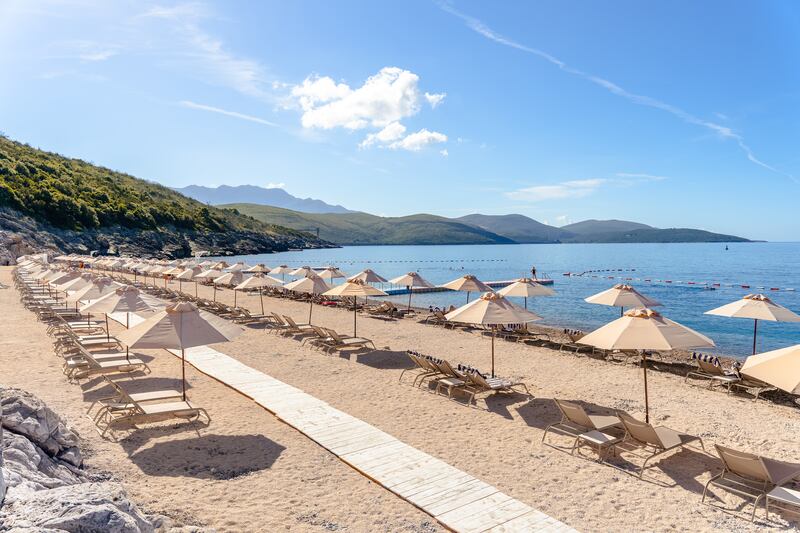
It’s easy to see why: towering peaks and secluded beaches sit alongside a plethora of historical attractions and quaint fishing villages, where you can find fresh seafood to wash down with local wines. Then there’s the (almost) year-round sun…
But partly responsible for drawing international jetsetters here of late is Luštica Bay, a newly built town nestled on the peaceful shores of Trašte Bay, a 30-minute drive from Tivat on the opposite side of the Luštica peninsula.
Overlooking the dazzlingly blue waters of the Adriatic Sea, the town’s marina village slopes naturally up massifs that seem to rise straight from the shoreline.
Built on a former Yugoslav naval base, its martial past has all but been erased, replaced by serenely winding roads and higgledy-piggledy houses, built like those seen in traditional Montenegrin fishing villages, with red roofs and foliage-draped walls.
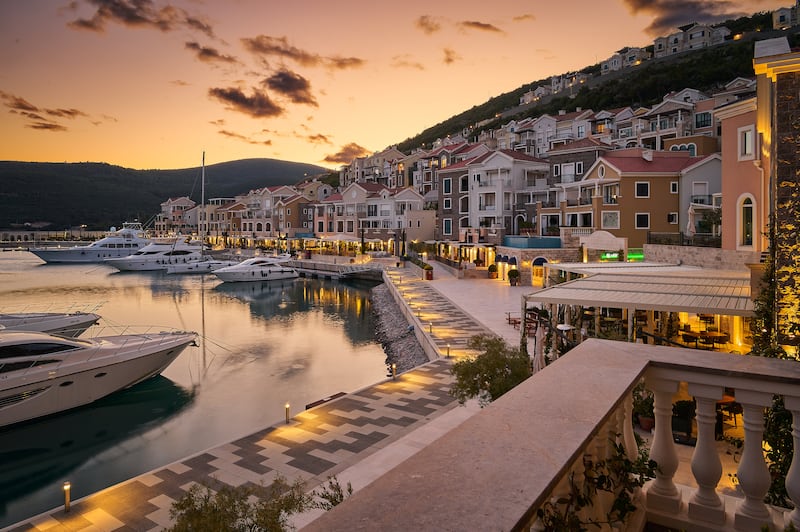
A long promenade drapes around a man-made harbour, where several small yachts are docked, connecting a number of pebble beaches, seafront eateries and the five-star Chedi Hotel.
On a clear day, you can see the capital of southern Italy’s Puglia region Bari, and with the Mediterranean climate, you could be forgiven for thinking you are in Capri or Cannes – albeit far less crowded.
Far from the sterile atmosphere you would expect from a recently completed development, what has been built looks as though it could have stood there for some decades.
And that is by design, with developers Orascom and the Montenegrin Government having gone to great lengths to ensure the £1bn project remains in keeping with the traditional harbour towns dotted along the coast.
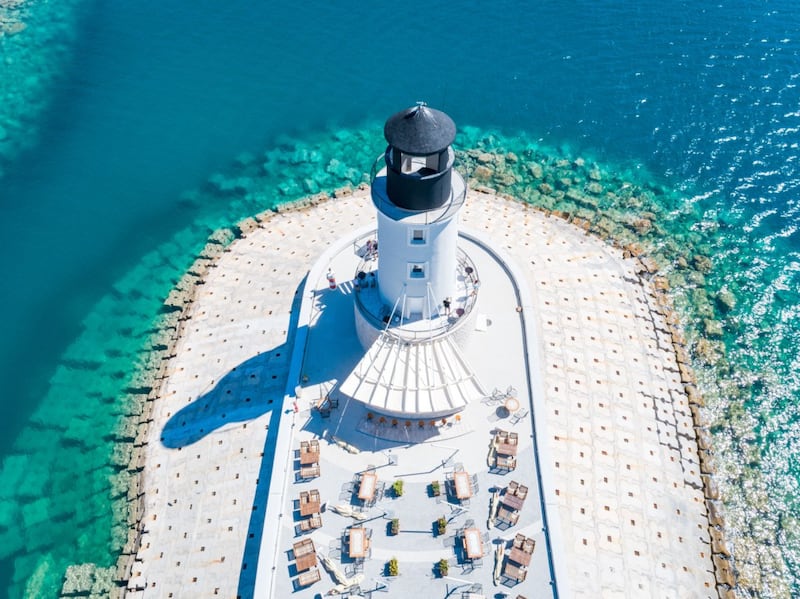
Montenegro has made no secret of not wanting to follow in the footsteps of other European destinations, where rampant over-development left unchecked for years has led to beautiful coastlines becoming laden with eyesores.
Eventually, Luštica Bay will include seven hotels, 500 villas, more than 1,000 apartments, two marinas, a small school and medical facilities. An 18-hole golf course designed by South African champion Gary Player is also underway, complete with course-side residences called The Peaks.
Although it sounds a lot, only 10% of the 1,700 acres of land available for development will be built upon, in a bid to preserve as much of the area’s wild beauty as possible.
Such is this concern, a decision was even made not to import palm trees, as they are not native to the region.
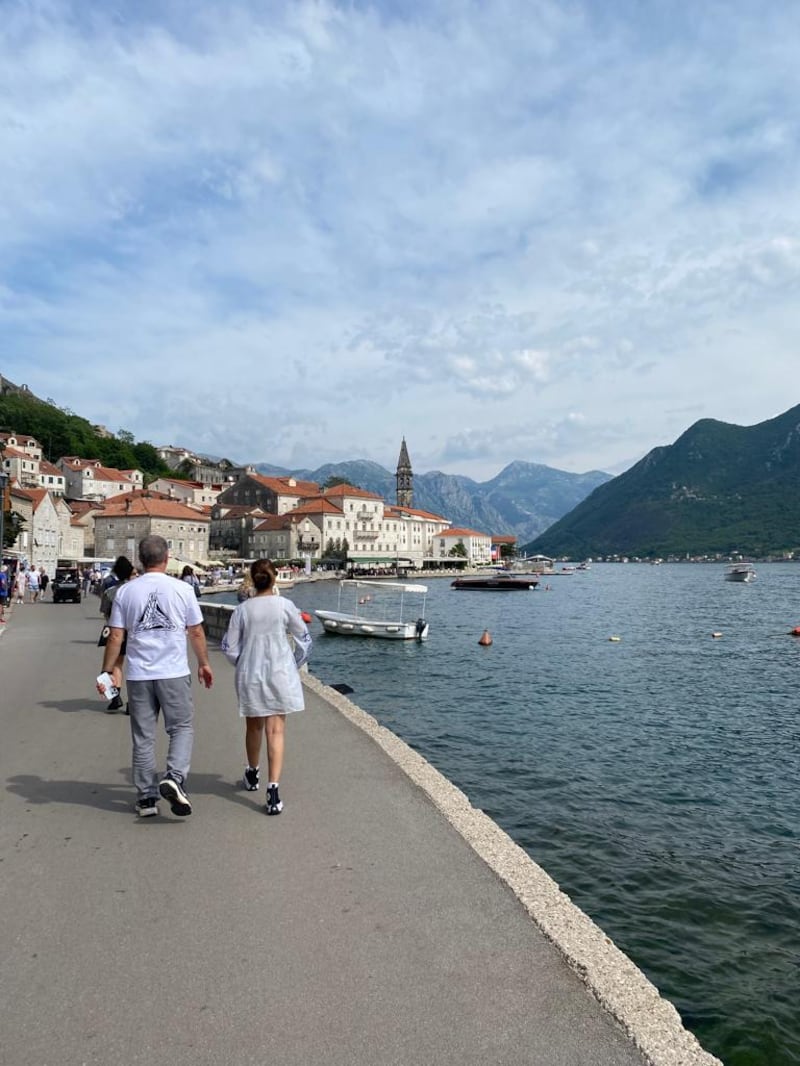
As word has spread of its offerings, the price of buying a place in Luštica Bay has risen, with a number of NBA basketball players said to have taken up residences there.
For the vast majority of us unable to stump up the cash to purchase a property, The Chedi, which since opening in 2018, is a very satisfying alternative.
With its fresh, comfortable design, generously sized suites, spa, outdoor infinity pool, private beach, along with restaurants and a bar – not to mention their superb in-house pastry chef – The Chedi feels more of a retreat than a hotel.
Keen to discover more, I head to the beautiful Bay of Kotor, often referred to as Boka Bay, which is only a short drive away. This UNESCO World Heritage Site has been inhabited since antiquity and historic settlements pepper its banks.
Surrounded by a section of the Dinaric Alps, the bay is accessible from the Adriatic via Europe’s southernmost fjord – an impressive geographical feature that allows for cruise ships and superyachts to navigate its waters with ease.
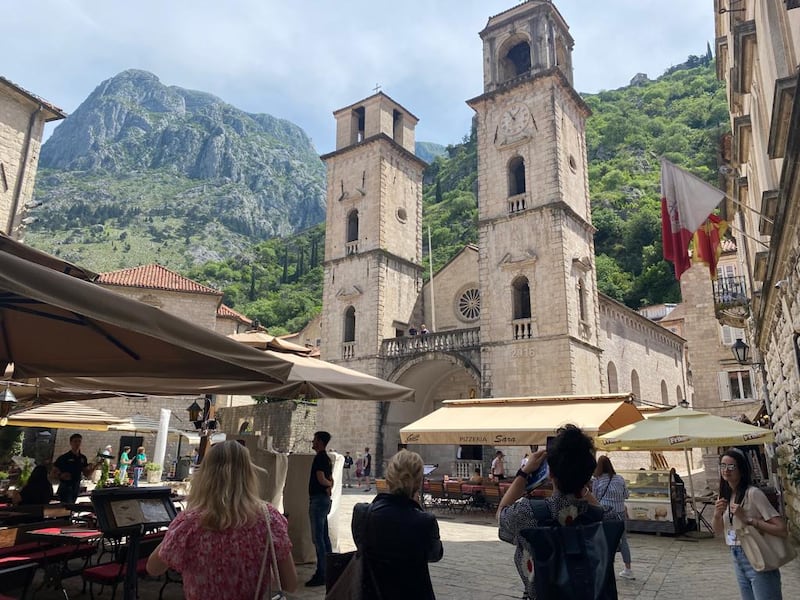
From the picturesque town of Perast, it is well worth hiring a small boat to sail out to Our Lady of the Rocks to visit the church built on the tiny islet.
Shrouded in both faith and folklore, legend has it that the islet was made over the centuries by seamen who, fulfilling an oath they had made, would lay a rock in the bay upon returning from each successful voyage.
This mythical element to Boka Bay extends to its namesake, the city of Kotor, whose old town is surrounded by 5km of wall that meets with the steep peaks behind it. Local lore says it was built by three fairies, from the sea, sky and mountains.
But it is believed to have been built in the 5th century and, since then, the ancient town has endured many invaders, as well as earthquakes.
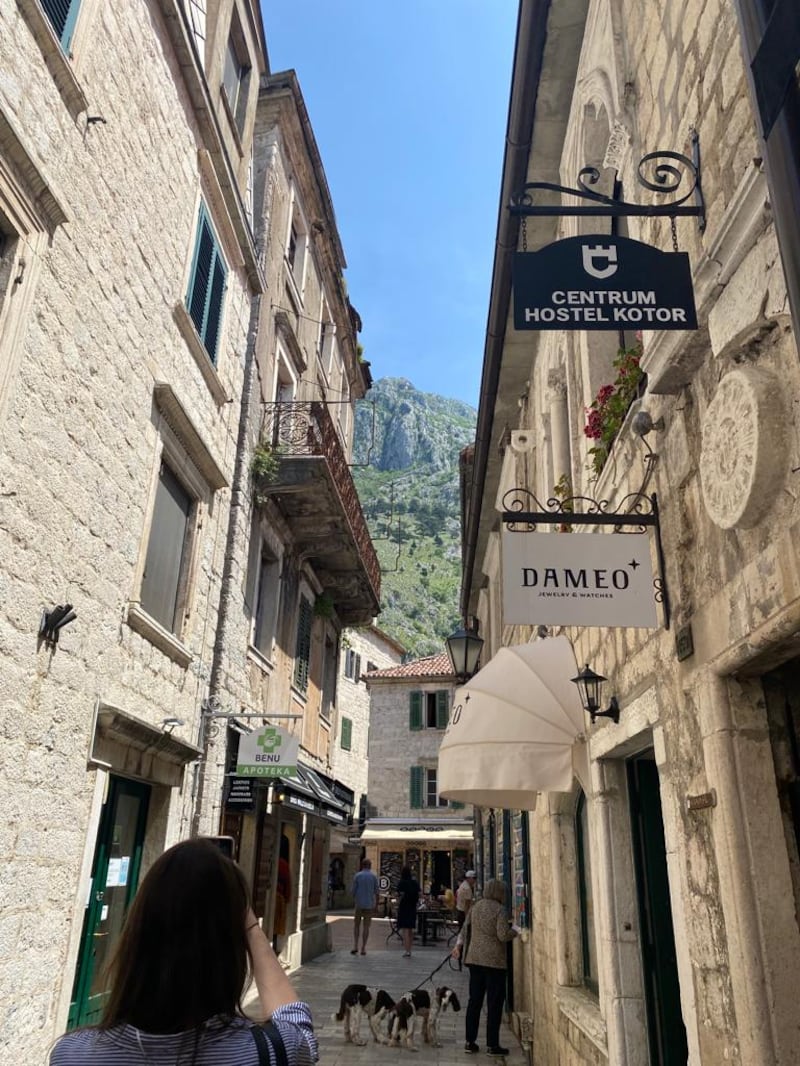
The Italian influence of the Venetians, who stayed for centuries, can be noted in the town’s architecture, cuisine and dialect.
I wander around its narrow cobblestone alleyways, gazing at frescoes in St Tryphon’s Cathedral and brave the 1,350 steps to San Giovanni Fortress to take in panoramic views of the bay.
Having built up an appetite, I’m relieved to discover there’s no shortage of excellent places to eat. Galion Restaurant (galion.me; mains around €30/£25), a short walk from the old town’s sea gate, has tables with views of the bay, and is a gastronomic delight.
The following day, I decide to visit one of the region’s many olive groves. When I arrive at the Moric Organic farm, run by the same family for over 300 years, I’m greeted with a bowl of small fried dough balls and homemade honey (a dish known as priganice, traditionally given to guests), before being given a tour of the farm and introduced to their donkeys and resident flock of sheep.
Learning how to taste test extra virgin olive to determine its authenticity is a real treat, inspiring me to never settle for poor quality supermarket olive oil again.
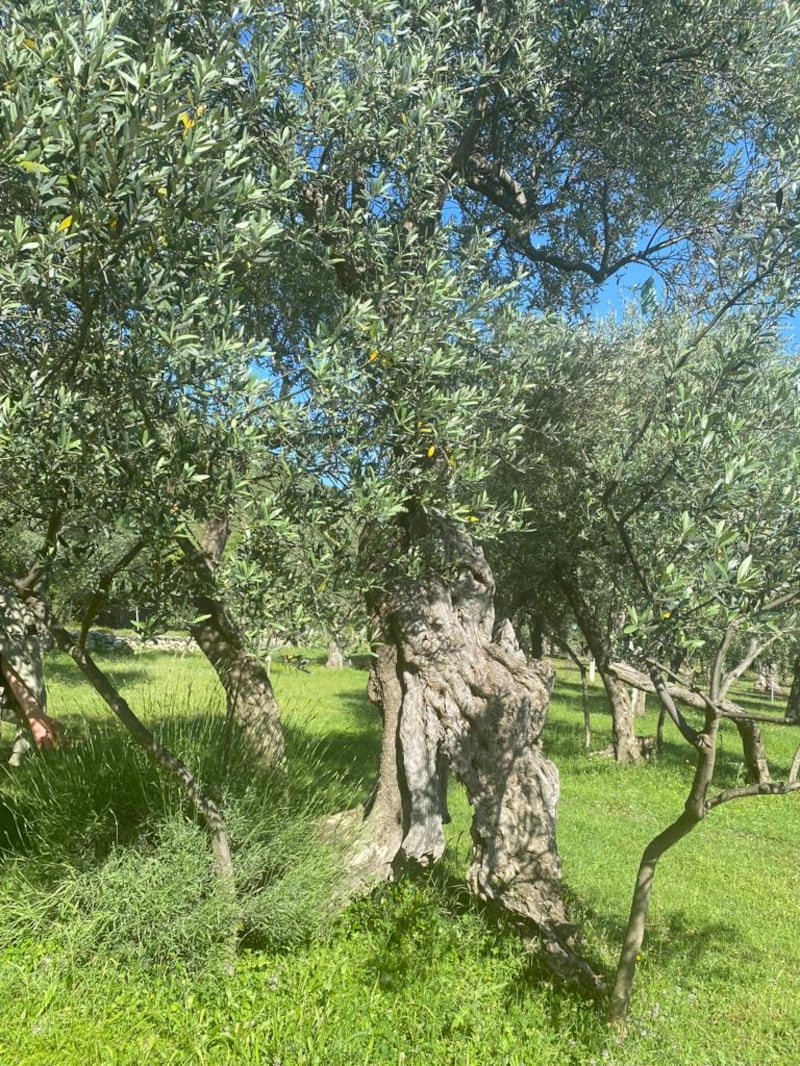
Sitting down to dinner in the family’s old mill, I reflect on how friendly and welcoming the Montenegrin people have been. The country is steeped in tradition and even newer developments and innovations display a deep respect for the past.
It may have been overshadowed by its glossy neighbours for decades, but sun-soaked Montenegro is more than ready to shine.
How to plan your trip
Doubles at The Chedi Luštica Bay hotel (chedilusticabay.com) start from €219/£187 per night including breakfast.
easyJet (easyjet.com) flies direct to Tivat from London Gatwick. Returns from approximately £250.
